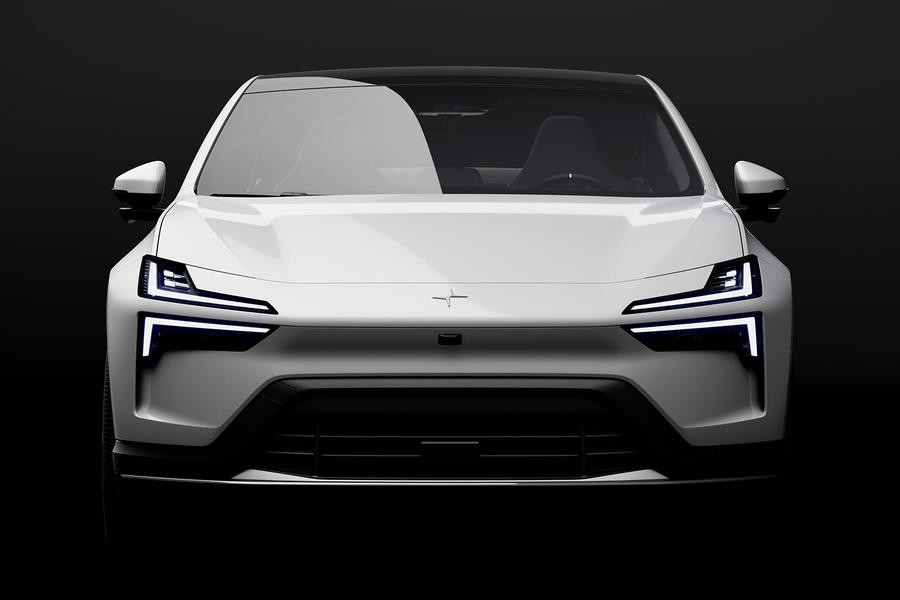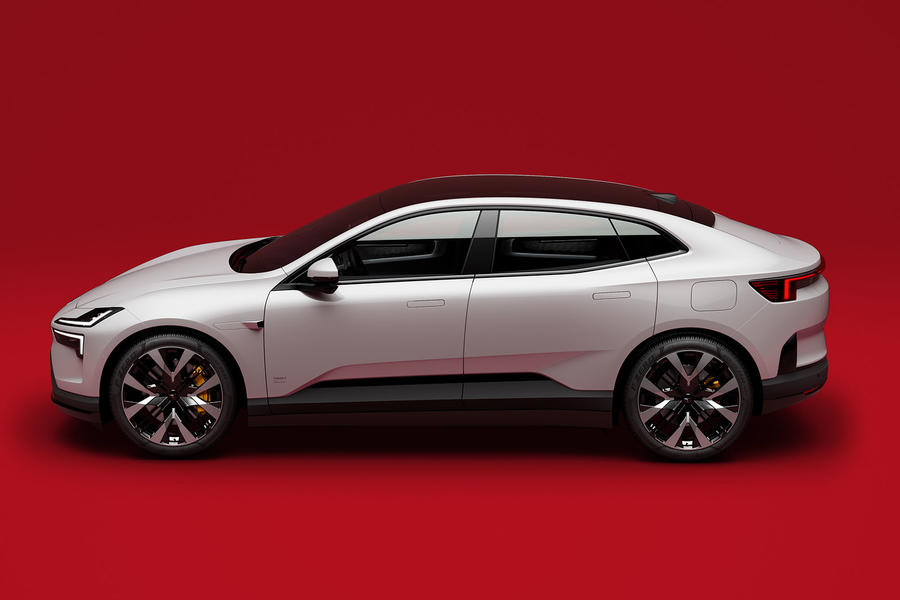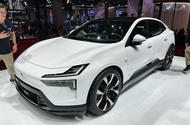The Polestar 4 will be priced between £50,000 and £65,000
Rakish SUV-coupé with up to 537bhp targets BMW and Porsche with a focus on maximising range
Polestar has confirmed that its new 4 SUV-coupé is its lowest-carbon car, after it was revealed at the Shanghai motor show as “the reinvention of the SUV coupé”.
It will enter the premium crossover segment as a pure-electric car to take on the Porsche Macan as the Swedish firm’s fourth model.
Said to have the smallest carbon footprint of any Polestar model to date, it was tested during the firm’s life cycle assessment (LCA) and found to produce 19.4 tonnes of CO2 over its lifetime, including production. The firm has been publishing LCAs for each of its cars since 2020.
Production takes place at Geely’s SEA factory in Hangzhou Bay, which uses both solar and hydroelectric power and is said to employ production techniques that reduce emissions, such as low-carbon aluminium for smelting.
Fredrika Klarén, Polestar’s head of sustainability, said: “To support our net zero goal, we set carbon budgets for all our cars. Throughout the product development of Polestar 4, its carbon budget has influenced everything from material choices to factory energy sources. Sharing the LCA enables us to show that we can strive for net zero.”

The firm has published individual CO2 figures for each specification of the 4, with the entry-level standard-range car producing 19.4 tonnes, the long-range car 19.9 tonnes, and the top-rung dual-motor car 21.4 tonnes. That makes it more carbon efficient than a Volkswagen ID 3.
When it arrives next year, the 4 will join the Polestar 3 SUV as one of the firm’s bespoke offerings, in contrast to the Volvo-based design roots of its first two models, the 1 and 2.
Like the £78,900 Polestar 3, the rakish, electric-powered 4 is positioned as a premium model to rival the likes of Porsche, BMW and Genesis. As such, it will be priced between £50,000 and £65,000, depending on whether a single- or dual-motor powertrain is chosen.
A focus on maximum range has shaped the design, according to head of Polestar design Maximilian Missoni. This is due to the positioning of the header rail, which most cars have and is sited around the rear roof area to add rigidity and strength to the vehicle’s structure. Notably, it will not come with a rear window.
The rail’s position is pivotal: lower it too much to ensure a slippery vehicle and the rail impedes head room, but keep it high for more interior space and it impacts performance by affecting aerodynamics.
Polestar’s solution for the 4, which is based on Volvo/Polestar’s largely aluminium PMA platform, is to both lower the header and move it behind the rear passengers’ heads. Doing so sites the header rail where the rear window would normally be, so a roof-mounted camera now aids rear visibility in lieu of the rear glass. The 4’s drag coefficient is 0.269. The Tesla Model S’s, for comparison, is 0.208.
Polestar CEO Thomas Ingenlath, formerly design head at Volvo, has been an influencing factor in how the 4 looks. Ingenlath joked that more conservative car makers would still be gauging reaction to the idea at customer clinics. “You are not a design leader if you have to go out and clinic,” he said.

The 4 crossover is just under five metres long, with a 102kWh battery pack (94kWh of usable capacity) and 268bhp in single-motor form or 537bhp as a dual-motor model. “It’s a very good addition to the 3,” said Ingenlath. “Polestar will cover the premium SUV segment in a comprehensive way, from €50,000 to, well… Does it ever end?”
Polestar’s designers say the 4’s interior has been inspired by fashionwear. The materials used are typically modern in feel but minimalist in design. Aside from one rotary knob on the centre console, there are no separate buttons for the climate or infotainment. It’s all touchscreen. Missoni said he thinks it’s more usable.
The rear cabin, which has a backlit panel stretching behind the seats, is “a modern elegant cabin with a button-free layout”, according to Missoni. The rear-view mirror can be flicked from camera screen to mirror so drivers can check on rear-seat occupants.
The 4 will be built in China and go on sale there first, with a staggered global rollout to follow. European sales are set to begin next spring.
Additional reporting by Jonathan Bryce
Source: Autocar
